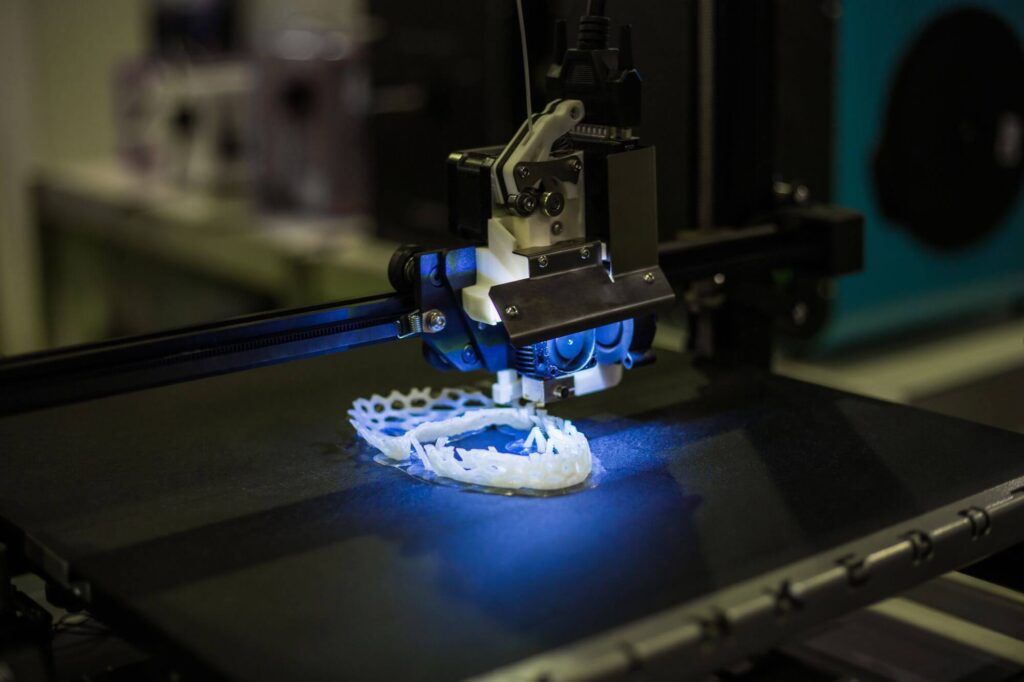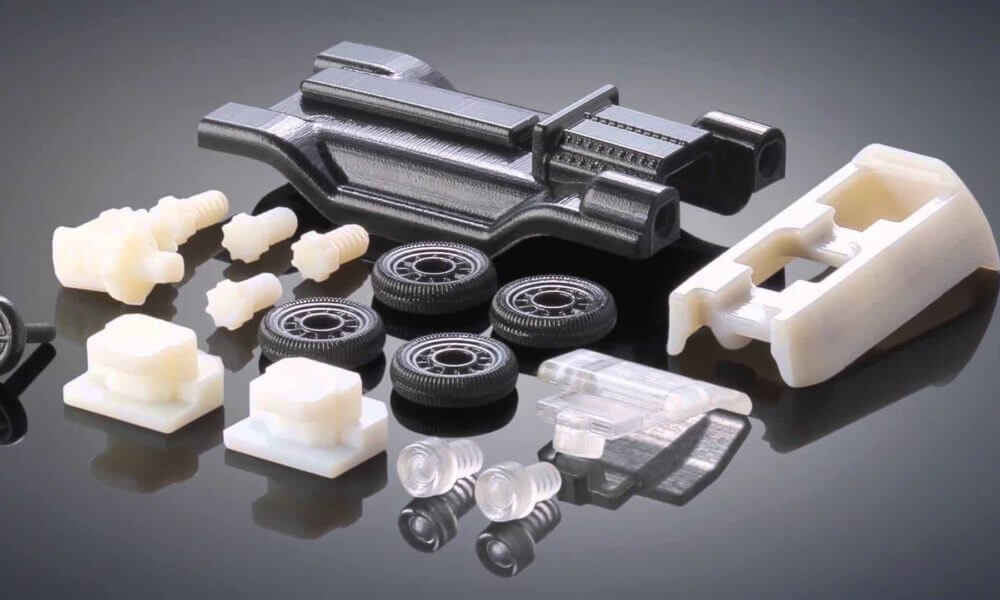Improved Product Development Process
Rapid prototyping has become an essential tool in the product development process. It allows companies to quickly create physical models of their designs, enabling them to test and refine their ideas before moving forward with production. While many companies outsource their prototyping needs to external firms, there are significant benefits to having an in-house rapid prototyping capability.
One of the main advantages of in-house rapid prototyping is the speed at which ideas can be brought to life. When a company has its own prototyping equipment and expertise, there is no need to wait for external firms to complete the work. This means that design iterations can be done in a matter of hours or days, rather than weeks or months. This accelerated timeline allows for faster product development cycles, giving companies a competitive edge in the market.
In addition to speed, in-house rapid prototyping also offers greater control over the design process. When a company relies on external firms for prototyping, there is often a lack of direct communication and collaboration between the design team and the prototyping team. This can lead to misunderstandings and delays in the development process. With in-house prototyping, designers have direct access to the equipment and can work closely with the prototyping team to ensure that their vision is accurately translated into physical models.

Another benefit of in-house rapid prototyping is cost savings. While setting up an in-house prototyping facility requires an initial investment, the long-term cost savings are even greater. At the same time, outsourcing prototyping can also be expensive, with the cost of each iteration increasing over time. Therefore, by bringing prototyping in-house, companies can reduce these costs and have better control over their budgets. Additionally, having in-house capabilities allows for more experimentation and exploration during the design process without having to worry about incurring additional costs.
Furthermore, in-house rapid prototyping promotes innovation and creativity within the company. When designers have easy access to prototyping equipment, they are more likely to experiment with new ideas and push the boundaries of what is possible. This freedom to explore can lead to breakthrough innovations and unique product designs that set a company apart from its competitors. In-house prototyping also encourages collaboration between different departments, as engineers, designers, and marketers can all work together to refine and improve the product.

Lastly, having an in-house rapid prototyping capability can enhance the overall quality of the final product. By being able to physically test and evaluate designs early in the development process, companies can identify and address any flaws or issues before production begins. This reduces the risk of costly mistakes and ensures that the final product meets the desired specifications. In-house prototyping also allows for more frequent testing and feedback, enabling continuous improvement throughout the development process.
In conclusion, in-house rapid prototyping offers numerous benefits for companies looking to improve their product development process. The speed, control, cost savings, innovation, and quality enhancements that come with having an in-house capability make it a valuable investment. By bringing prototyping in-house, companies can streamline their design process, reduce costs, foster creativity, and ultimately deliver better products to the market.
